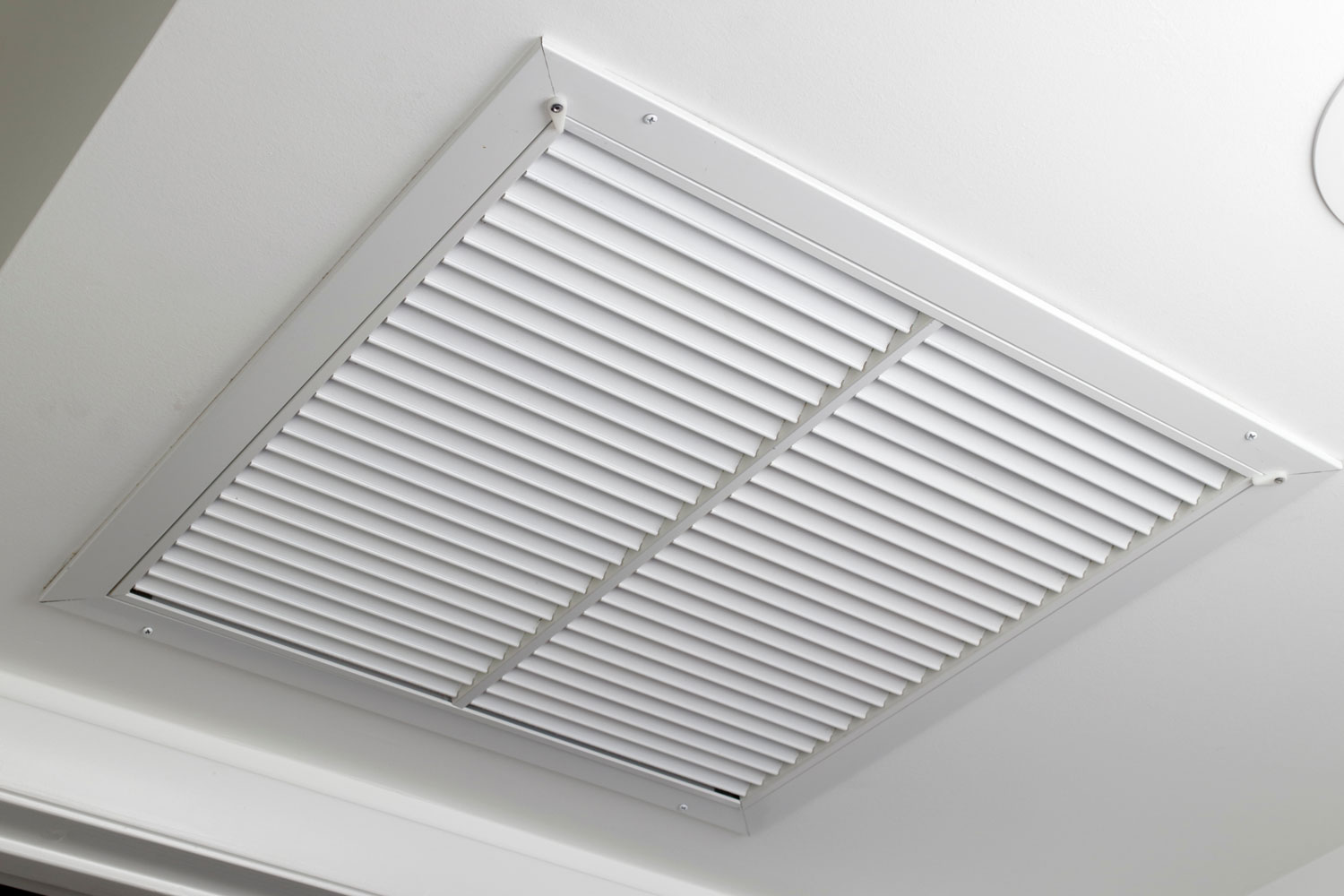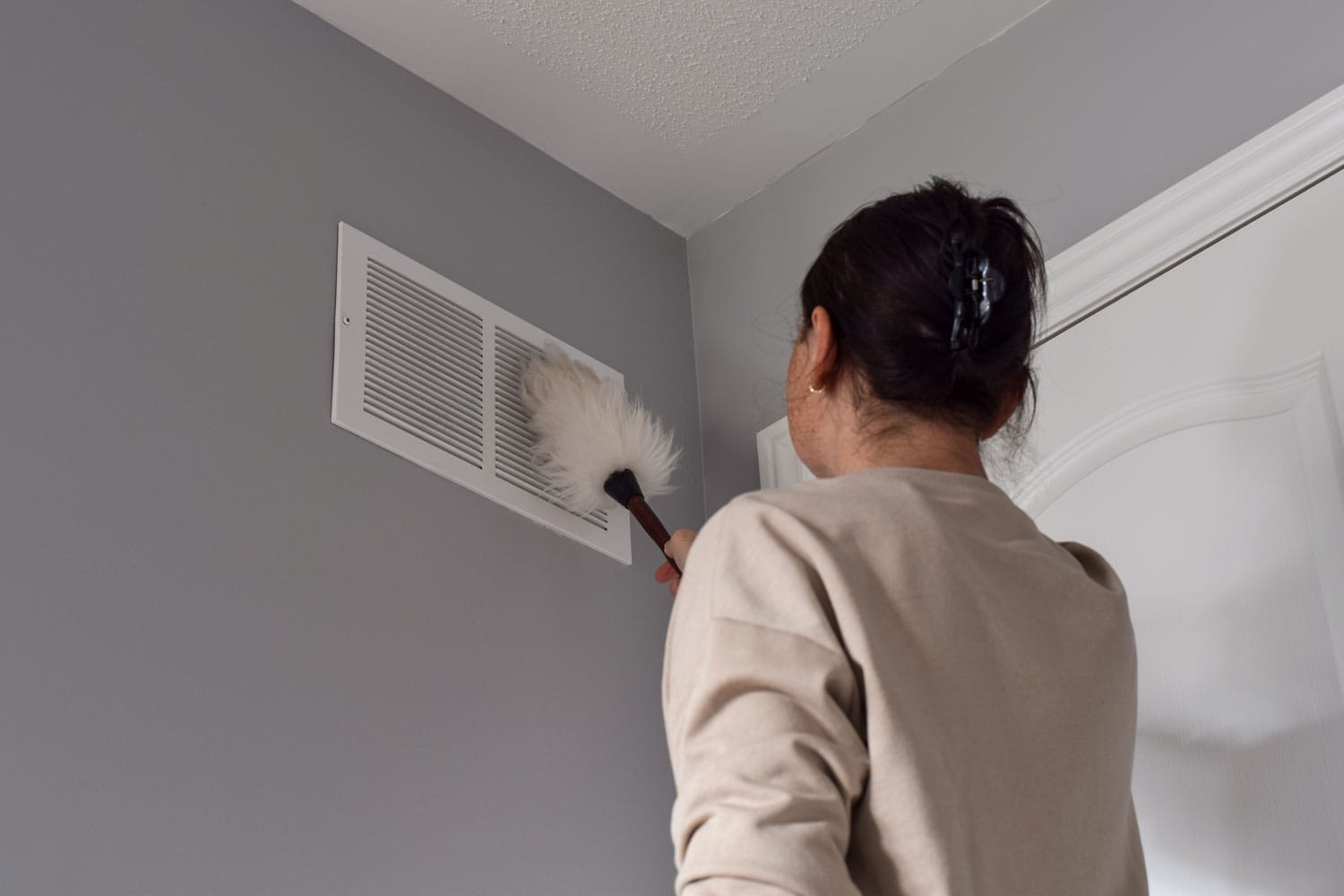Are you in the process of designing or upgrading your HVAC system and wondering which type of grille to use?
Transfer grilles and return grilles are two of the most common types of grilles used in HVAC systems.

While they may look similar, they have significant differences that can affect the performance of your system.
Let's find out!
What is a Transfer Grille?
Transfer grilles are used to connect two rooms or a room and a hallway.
They allow air to flow from one space to another, which can help to balance pressure and temperature throughout the building.

Transfer grilles are typically installed in the wall or door between two rooms, and they come in a variety of sizes and shapes to fit different spaces.
What Is A Return Grille?
Like transfer grilles, return grilles are an essential component of any HVAC system that helps to circulate air throughout the home or building.
You can usually find them near the floor, in the ceiling or wall, and they may be connected to ductwork that leads back to the central air handler.
Most houses have one on each floor, but bigger homes might have more.
These grilles are connected to ducts that move air around the house. This means rooms can still get fresh air even if the doors are closed.
Related article: How Much Clearance Is Needed For Air Return?
What Are The Key Differences Between Transfer And Return Grilles?
If you want to improve your indoor air quality, you may be considering using transfer or return grilles.
Here are some key differences between them that you should be aware of before deciding.
Designs And Sizes
One of the main differences between transfer and return grilles is their design and size.
Transfer grilles are typically smaller and designed to be installed in walls or doors to allow air to flow between rooms.
They are often used to balance the pressure in a building, which can be especially important in multi-story buildings.
Return grilles, however, are larger and designed to be installed in ceilings or walls to allow air to flow back to the HVAC system.
They are often equipped with filters to remove dust and other particles from the air, which can help improve indoor air quality.
Placement Within Buildings
Transfer grilles are often used in buildings with no ducts or where the vents are not properly sized or installed.
Return grilles, on the other hand, are often used in buildings with ducted HVAC systems.
They allow air to flow back to the HVAC system, which can be filtered and conditioned before circulating back into the building.
Airflow And Sound Considerations
Because transfer grilles connect two rooms or a room and a hallway, nothing is blocking sound between the two areas.
Private conversations and loud noises can easily be heard in the adjoining room.
In contrast, air-return grilles tend to be the better choice between transfer grilles and air-return grilles when it comes to soundproofing.
Pros And Cons Of Transfer Grille Vs Return Grille
Here's a breakdown of the pros and cons for both Transfer Grilles and Return Grilles:
Pros Of Transfer Grille
- Improved airflow: They allow air to circulate from one room to another, ensuring rooms don't become stagnant or stuffy.
- Simple design: Transfer grilles are relatively low-maintenance without mechanical parts or attachments.
- Energy efficiency: By balancing the pressure and airflow, they can indirectly aid in efficiently working the HVAC system.
Cons Of Transfer Grille
- Noise transfer: Openings in walls can sometimes let unwanted sound travel between rooms.
- Limited filtration: Unlike return grilles connected to HVAC systems with filters, transfer grilles don't filter the air that passes through.
Also read: Do HVAC Return Ducts Need To Be Insulated?
Pros Of Return Grille
- Efficient circulation: Return grilles are pivotal in ensuring the HVAC system circulates air effectively throughout the home.
- Temperature regulation: By pulling air back into the HVAC system for conditioning, return grilles help maintain consistent room temperatures.
- Air filtration: When connected to the HVAC system, the returning air often goes through filters, removing potential contaminants.
Cons Of Return Grille
- Maintenance needs: Filters within the HVAC system (where the return grille sends air) need regular checking and replacement.
- Potential for blockage: If furniture or other objects obstruct the grille, it can hinder airflow and efficiency.
- Noise: Return grilles can sometimes produce or amplify noise, especially if the HVAC system is working hard.
How To Choose Between Transfer And Return Grilles?
When deciding between transfer and return grilles, there are a few factors to consider.
1. Noise Sensitivity
If noise transfer is a concern, be cautious with transfer grilles, as they can allow sound to travel between rooms.
Return grilles, especially those connected to a well-maintained HVAC system, may produce less noise transfer between rooms.
However, they might amplify the sounds of the HVAC system itself.
2. Room Layout & Design
For spaces where doors are often closed, such as bedrooms or offices, transfer grilles ensure the room doesn't become pressurized.
Large open spaces, living areas, or places requiring consistent temperature regulation would benefit from return grilles.
3. Air Quality Concerns
If improving air quality is a priority, return grilles connected to an HVAC system with filters can help remove contaminants from the air.
Transfer grilles don't offer filtration on their own but can be combined with other solutions if needed.
4. Maintenance & Longevity
Transfer grilles generally require less maintenance due to their simpler design.
Return grilles, especially those connected to HVAC systems with filters, may need regular checking and filter replacement.
5. Building Codes & Recommendations
Some regions have specific building codes regarding air circulation, which might mandate the inclusion of return grilles in certain rooms.
Always check local regulations before deciding.
6. Budget
Finally, budget is always a consideration.
Return grilles tend to be more expensive than transfer grilles, so if you are working with a tight budget, then transfer grilles may be the better option.
However, it's important to note that return grilles offer better filtration and can improve indoor air quality, which can be worth the extra cost in the long run.
Be sure to read: Should Air Be Coming Out Of My Return Vents?
Wrap Up
You've reached the end!
By understanding the differences between transfer grilles and return grilles, you can decide which one is right for your home or building.
We value your feedback and would love to hear about your experiences or any further questions you may have.
Let us know what you found most helpful in this article, and feel free to reach out with any inquiries related to HVAC systems or home improvement.
